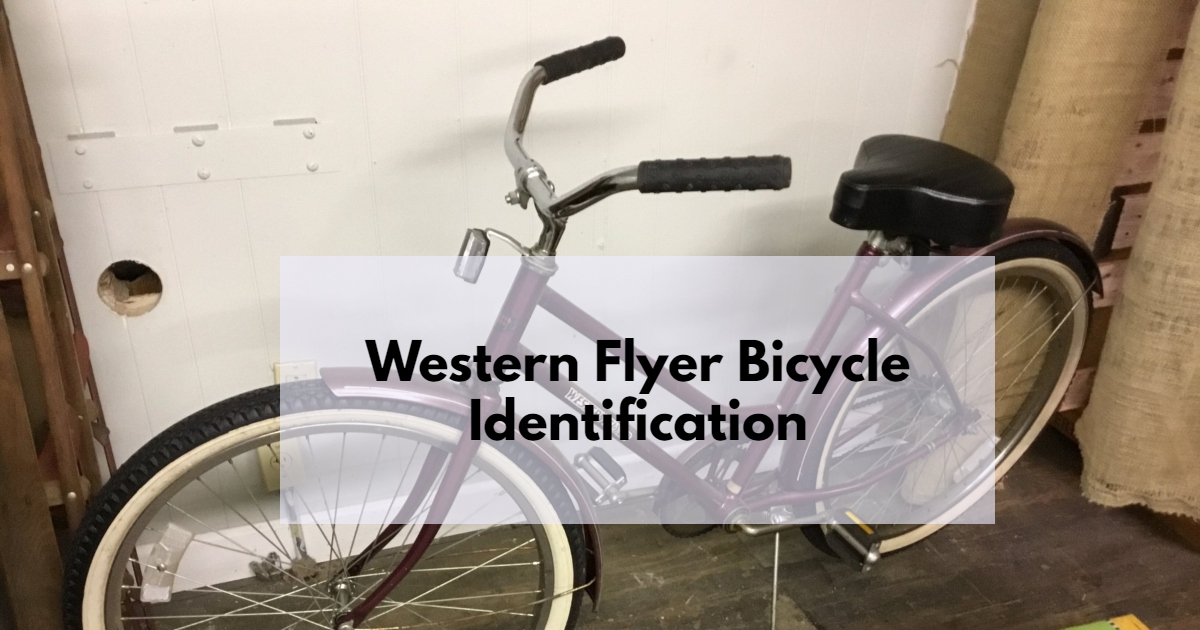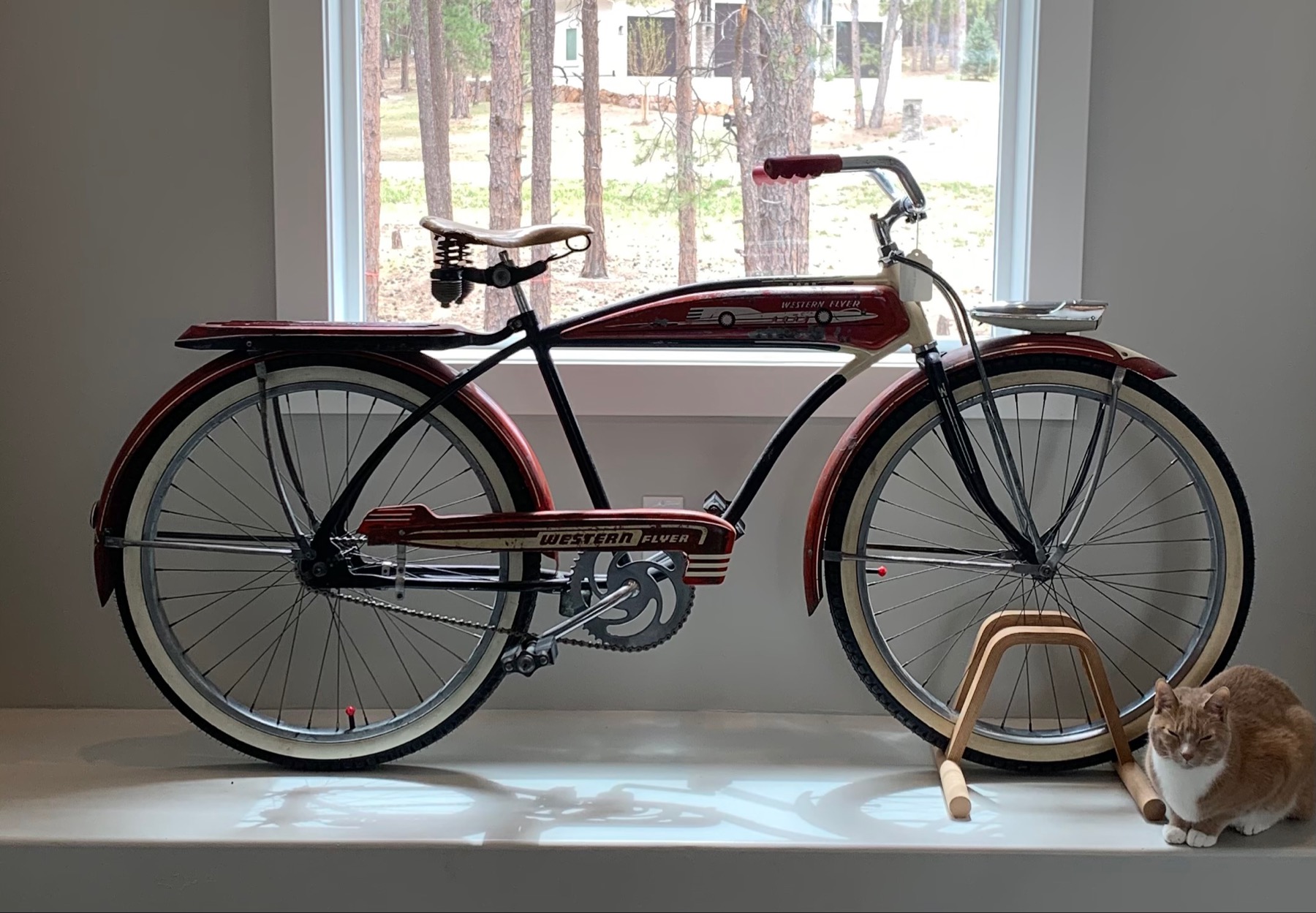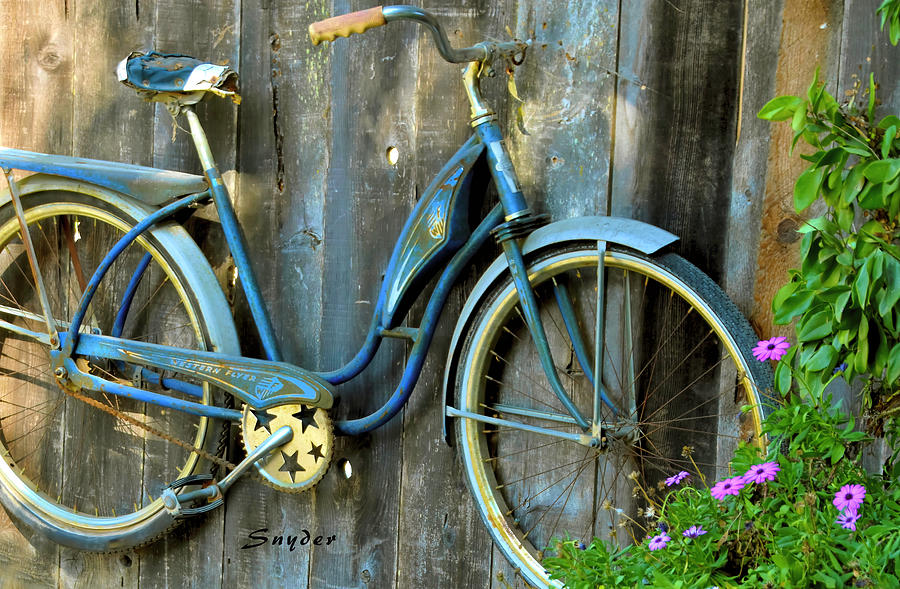Western Flyer bicycles, once a staple on American streets, are now cherished pieces of history for collectors and vintage bicycle enthusiasts. Their reputation for quality, durability, and affordability has stood the test of time. If you’re lucky enough to own a Western Flyer, determining its year and model can be a fascinating journey into the past. This guide aims to demystify the process of Western Flyer bicycle identification, offering you a detailed roadmap to discover the heritage of your vintage treasure.
Serial Numbers
The serial number of your Western Flyer bicycle is akin to a unique fingerprint, offering the most direct clue to its identity. Typically, you’ll find this number stamped on the bottom bracket – the segment of the frame connecting the pedal mechanism. Flip your bike upside down and inspect this area; the serial number should be clearly imprinted on the metal.
With the serial number in hand, your next step is to consult a Western Flyer serial number chart. These charts are invaluable resources, correlating numbers to specific years and models, and can often be found in bicycle collector guides or online forums all about vintage bikes. By matching your bike’s serial number to the chart, you can quickly zero in on the approximate year of manufacture and model type, laying the groundwork for further identification.
Frame Types
Over the years, Western Flyer bicycles were crafted in an array of frame styles, each reflecting the design trends and technological advancements of its era. Recognizing these frame types can significantly aid in pinpointing the period your bike was made. Some common Western Flyer frame types include:
- Balloon Tire Frames: These frames, prevalent in the early 20th century, feature wide, cushioned tires. They were designed for comfort and stability, making them a popular choice for leisurely rides.
- Cruiser Frames: With a design focus on comfort, cruiser frames have a laid-back riding position. They are distinguished by their sturdy build and often, a more decorative appearance.
- Road Bike Frames: Built for speed and efficiency, road bike frames are characterized by their lighter weight and more aggressive riding posture. They catered to cyclists interested in performance and long-distance riding.
Identifying the frame type of your Western Flyer can be a super important step in determining the specific model, as each frame style was typically associated with particular models that were in vogue during different time periods.
Components
The individual components of your Western Flyer bicycle can also serve as important identifiers. Manufacturers often used specific parts that were characteristic of certain periods, making them reliable indicators of your bike’s age. For instance:
- Sturmey Archer Three-Speed Hub: If your bike includes this component, it’s likely a pre-war model. The Sturmey Archer hub was a popular choice for bikes manufactured before World War II.
- Shimano Derailleur: The presence of a Shimano derailleur suggests a post-war model. Shimano components became widespread in the years following WWII, marking a shift in bicycle technology and design.
Additionally, other elements like the handlebars, saddle, and pedals can offer clues. These components often bear the manufacturer’s mark, and by tracing the production dates of these parts, you can further narrow down the era in which your Western Flyer was built.
Stay tuned for the continuation of this guide, where we will delve into the significance of Western Flyer decals, explore the wealth of information found in Western Flyer catalogs, and discuss how to seek expert assistance when all else fails.
Western Flyer Decals
Decals on a Western Flyer bicycle are more than just aesthetic embellishments; they are historical markers that can reveal much about your bike’s identity. Throughout different eras, Western Flyer bicycles were adorned with a variety of decals on the frame, fork, and handlebars, each signifying different models and features. For instance:
- Model-Specific Decals: If your bike sports a decal that reads “Autocycle Deluxe,” this indicates it’s a high-end model from a specific period. Similarly, a “Western Flyer Tornado” decal signifies a sports-oriented design.
- Decal Design and Font: The style, color, and font used in the decals can also hint at the bike’s age. Decal designs evolved over the years, reflecting the design trends of each era.
Carefully examining these decals and comparing them with images from old catalogs or bicycle collector guides can provide you with valuable insights into the specific model and era of your Western Flyer bicycle.
Western Flyer Catalogs
When other methods yield incomplete information, Western Flyer catalogs can be your treasure trove of information. These catalogs, published annually, meticulously listed all the models available each year, along with their specifications and images. You can access these catalogs:
- Online Resources: Various websites and online forums all about vintage bicycles often have digital copies of these catalogs.
- Antique Bicycle Shops: Some shops specializing in vintage bikes keep physical copies of old catalogs, which can be perused for research.
By comparing your bicycle to the images and descriptions in these catalogs, you can potentially find an exact match, conclusively identifying the year and model of your Western Flyer bicycle.
Asking for Help
If your quest to identify your Western Flyer bicycle remains inconclusive, don’t hesitate to seek help from experts. The vintage bicycle community is generally enthusiastic and helpful, and there are several avenues through which you can seek assistance:
- Online Forums and Websites: Platforms like vintage bicycle forums are great places to post pictures and descriptions of your bike, inviting insights from seasoned collectors and enthusiasts.
- Local Antique Bicycle Shops: Visiting a local shop that specializes in vintage bicycles can be immensely helpful. The experts there can offer hands-on assistance, and might even have reference materials not available online.
Leveraging the collective knowledge of these communities can often provide the missing pieces in the puzzle of your bicycle’s history.
Conclusion
Unraveling the mysteries of your Western Flyer bicycle’s past can be both challenging and immensely rewarding. By following the steps outlined in this guide – examining serial numbers, frame types, components, decals, consulting catalogs, and reaching out for expert help – you stand a great chance of identifying the heritage of your vintage bicycle. Remember, each bicycle has its own story, and you’re now a part of that story. Should you need more resources or assistance in your journey, feel free to visit our homepage at Refried Cycles for more information and support. Happy cycling and happy discoveries!









